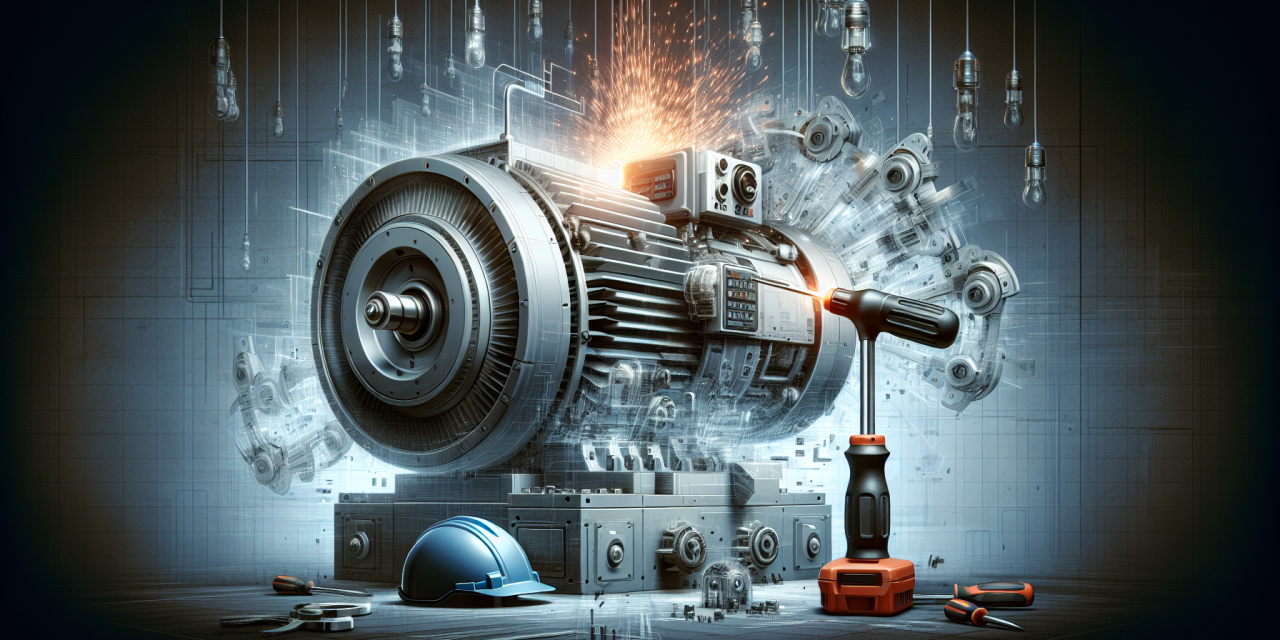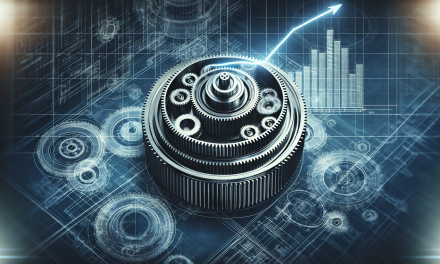Table of Contents
- Introduction
- Understanding AC Motors
- Drives and Their Importance
- Troubleshooting AC Motors & Drives
- Maintenance Practices
- Protection Techniques
- FAQs
- Conclusion
Introduction
AC electrical motors play a significant role in various industrial applications, and understanding how to troubleshoot, maintain, and protect these systems can lead to increased operational efficiency. In this guide, we will delve into AC motors and drives, discussing common issues and their solutions, essential maintenance practices, and effective protection techniques. By the end of this article, you’ll have valuable insights that can help elevate your understanding and management of AC motor systems.
Understanding AC Motors
Before diving into the intricacies of troubleshooting and maintenance, it’s imperative to grasp what AC motors are and their various types. Moreover, understanding where these motors are used can highlight their importance in your operation.
Types of AC Motors
AC motors are broadly categorized into two types: induction motors and synchronous motors. Each type serves unique functions, so let’s break down their characteristics.
- Induction Motors: The most common type of AC motor, these are used widely because of their robustness and simplicity. They operate on the principle of electromagnetic induction.
- Synchronous Motors: These motors run at a constant speed, regardless of the load. They are often used in applications where precise speed is necessary.
Applications of AC Motors
Furthermore, you will find AC motors utilized in various sectors, from small household appliances to large industrial machines. Typical applications include:
- Fans and blowers
- Conveyor systems
- Pumps and compressors
- Machine tools
Drives and Their Importance
Drives are essential components that control the operation of AC motors. They enable the motor’s speed, torque, and direction to be adjusted as needed.
Moreover, using AC drives can enhance energy efficiency and improve performance. Recognizing the different types of drives available can be beneficial:
- Variable Frequency Drives (VFDs): These control the frequency and voltage supplied to the motor, allowing for adjustable speed operation.
- Servo Drives: These provide precise control over acceleration, speed, and position, making them ideal for high-performance applications.
Troubleshooting AC Motors & Drives
Now that we understand AC motors and drives, let’s discuss how to troubleshoot potential issues effectively. Early detection of problems not only saves time but also reduces the risk of costly downtime.
Common Issues
While each motor may present unique challenges, certain issues tend to surface routinely, including:
- Overheating
- Noisy operation
- Vibration
- Insulation failure
- Overcurrent
Step-by-Step Troubleshooting
To troubleshoot effectively, follow these steps:
- Identify Symptoms: Begin by noting the symptoms. Is the motor running hotter than usual? Is there unusual noise or vibration?
- Inspect Power Supply: Ensure the motor is receiving the correct voltage and that connections are secure.
- Examine Connections: Check for loose or corroded electrical connections that could disrupt the motor’s operation.
- Test Components: Utilize tools such as a multimeter to test winding resistance and verify other critical components.
- Analyze Environment: Sometimes external factors play a role. Ensure the motor is operating in a suitable environment with adequate cooling.
Maintenance Practices
Once you have tackled troubleshooting, it’s time to shift your focus to maintenance practices that keep your AC motors running smoothly.
Preventive Maintenance
Preventive maintenance involves regularly scheduled checks and replacements to minimize potential issues. Important aspects of preventive maintenance include:
- Regular Inspections: Schedule frequent inspections to catch wear and tear before it becomes a significant issue.
- Lubrication: Ensure bearings and moving parts are adequately lubricated to reduce friction and extend life.
- Cleaning: Maintain cleanliness by removing dust and debris from motors and drives.
Predictive Maintenance
Additionally, predictive maintenance extends preventive efforts by utilizing monitoring technology. This advanced method involves:
- Condition Monitoring: Use sensors and software to monitor vibration, temperature, and other variables in real-time.
- Data Analysis: Analyze data trends to predict when a component may fail, allowing for timely interventions.
- Lifespan Estimation: Predict the remaining lifespan of critical motor components to ensure timely replacements and avoid unexpected failures.
Protection Techniques
Implementing effective protection methods is crucial to safeguarding AC motors and drives. Here are some essential techniques:
- Overload Protection: Use overload relays to help protect against excessive current, which can damage the motor.
- Short-Circuit Protection: Install fuses or circuit breakers to shield the motor from short-circuit conditions.
- Surge Protection: Employ surge protectors to prevent voltage spikes from causing harm.
- Thermal Protection: Consider thermal relays that interrupt power when the motor reaches its maximum safe temperature.
FAQs
What are the most common reasons for AC motor failure?
Common causes of AC motor failure include overheating due to excessive current or voltage, component wear due to lack of maintenance, and environmental factors like dust or moisture.
How can I improve the lifespan of my AC motor?
To enhance the lifespan of your AC motor, invest in routine inspections, maintain cleanliness, ensure proper lubrication, and utilize protective devices to prevent overloads and surges.
Are there training resources available for AC motors and drives?
Yes, for those seeking more in-depth knowledge, the AC Motor & Drive Maintenance Troubleshooting and Protection Course can provide valuable insights.
Conclusion
In summary, understanding AC electrical motors and drives is vital for ensuring the efficiency and reliability of various applications. By following steadfast troubleshooting practices, performing regular maintenance, and implementing protection measures, you can significantly reduce downtime and improve operational performance. For further insights on related topics, consider exploring ways to enhance efficiency in other areas, like heat transfer in the process industry, rotating equipment optimization, process plant optimization, and ensuring compliance with codes like the ASME Boiler and Pressure Vessel Code.
Moreover, if you’re ready to create an effective energy management system, check out your ultimate guide to energy management systems.





